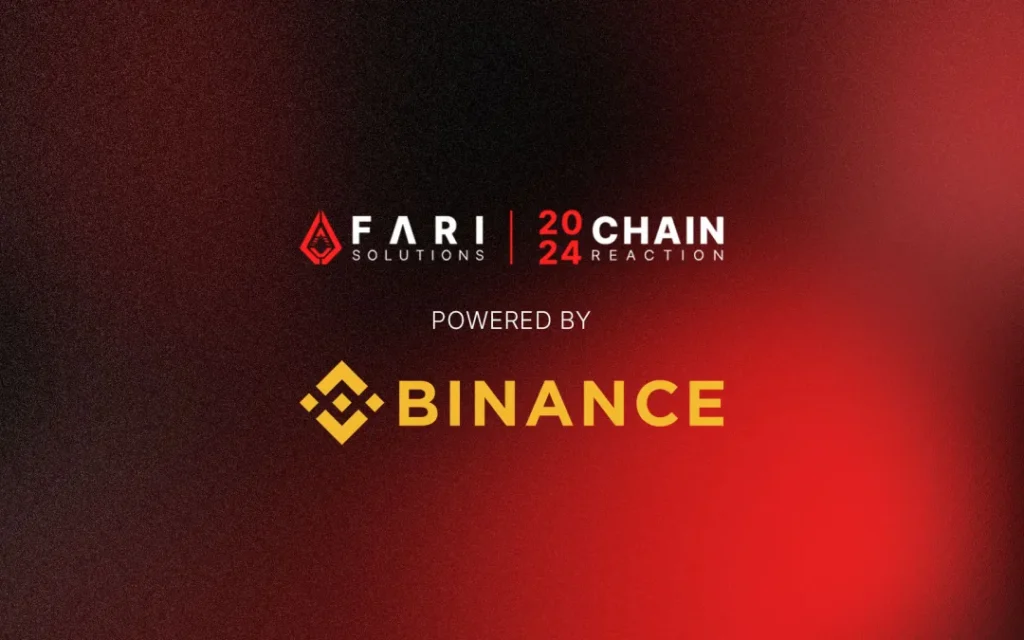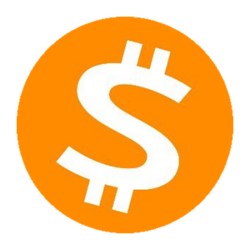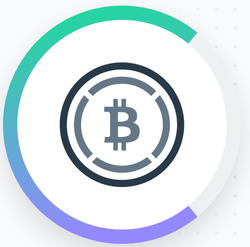Ponzi vs. Pyramid Schemes: What is the Difference?

Two of the most infamous scams around—both promising great returns with little risk—are Ponzi schemes and pyramid schemes. They might seem similar, but operate in very different ways.
This article will explore how these schemes work, how they differ, and how to avoid getting trapped by both of these.
Ponzi Schemes Are A Chain of Deceits
In a Ponzi scheme, earlier investors are paid through the contributions brought in by newer investors. There is not really an investment but rather a chain of deceit, and the whole activity survives on lies.
Early investors are paid in full or even earn huge returns, and this is what sustains the scheme. Word goes around that this is an opportunity to die for, and the pool of more investors who want to get in just keeps swelling.
Eventually, when this inflow of new money dries up, the scheme comes crashing down, and most of the participants end up with nothing.
Common Characteristics of Ponzi Schemes:
- High Returns Without Any Investment
There is an enticing offer of tremendous returns from a Ponzi scheme that supposedly results in gigantic returns; however, there is no business or asset generating such returns.
- There Isn’t Any Business or Scheme Behind the Return
The issuer does not have a business or investment plan but only plays musical chairs with money. Eventually most people end up with nothing.
- Survival on Fresh Money
The scheme is sustained by fresh money from new investors, whose money is then paid out to the erstwhile participants. It works well in the beginning but like every business it also a slowdown phase, and in that phase, money dries up and the operation is shut.
- Stage Managed Collapse
When millions of new investors dry up, the promoters no longer has returns to offer and hence they stage a collapse in the scheme.
Example
BitConnect was a crypto Ponzi scheme in 2017 promising such lofty returns through some perceived “trading bot” lending program. The investors were repaid, not from actual profits or interest payments-but from the influx of new money from fresh users. The scheme collapsed in 2018 leaving investors in a massive loss, and its propagators are now charged with fraud.
Pyramid Schemes Are An Unsustainable Numbers Game
Pyramid schemes are always dominated by the motive of recruitment. The members receive payback for inviting other members, but not through the sale of any product or actual investment.
The money is transferred upwards, and the very top of the pyramid gets a share of the money of the people beneath them, who were made to pay their joining fee.
The problem is that you only can recruit so many people. While the top levels of the pyramid will make all that money, it is far more likely that the majority of participants—particularly those closer to the bottom of the chain—are going to be losers.
Like with Ponzi schemes, pyramid schemes rely upon an ongoing source of new recruits. When the flow of new recruits dries up, the scheme collapses, and most people end up losing the money that they invested.
Pyramids Basics Features
- Emphasis on Recruitment
Pyramid schemes are fake businesses that are based on the hope of recruitment of new members, without any concrete skill set for vague works.
However, they will ask you to pay a joining fees. In such schemes, the revenue comes from the recruitment fees of new members.
- Pyramidal Shape
This scam works in a pyramidal shape in which most new entrants are at the bottom and only the initiates are at the top, and they can easily reap benefits.
- Unlikely to Achieve Real Profits
The deeper the pyramid develops, the harder it becomes to recruit new participants. It is impossible for most participants to obtain any form of return.
- Will Always Collapse, Eventually
Every pyramid scheme has a limit to its size before it is shown as collapsed. Most scammers use an excuse to abrupt shut down business. Sometimes, they close it before anybody even suspects.
Example:
OneCoin was a 2014 crypto pyramid scheme where investors earned commissions by recruiting others. Despite claims of being a legitimate cryptocurrency, no real blockchain existed. It collapsed in 2017, and its founder, Ruja Ignatova, vanished with $4 billion, with key figures later arrested.
Ponzi Schemes vs. Pyramid Schemes: Side-by-Side Comparison
Ponzi Scheme:
- How it Works: Paying old investors with money from new investors.
- Structure: No fixed structure.
- Source of Money: Fictitious investment returns.
- Longevity: Depends on a steady stream of new investors.
Pyramid Scheme:
- How it Works: Profits are made from recruiting new members.
- Structure: Clear pyramid hierarchy.
- Source of Money: Fees from new recruits.
- Longevity: Dependent on endless recruitment.
How to Identify a Ponzi or Pyramid Scheme
It can be quite tricky sometimes distinguishing between a Ponzi and a pyramid scheme because they share common warning signs. To avoid falling into one, look out for these red flags:
- Huge Returns with Little or No Risk:
No investment is completely risk-free. Not even mutual funds, or ETFs or even cash deposits. So, if somebody promises you big returns with little or no risk, it is most likely a scam.
- Coercion to Invest Quickly
Pressure to invest fast to not miss out on an opportunity is what the scammers often use.
- Vague Explanation
If the promoter cannot explain clearly how money is to be invested and how the profits are going to come in, then they might be trouble.
- Focus on Recruitment
Pyramid schemes are usually much more interested in recruiting new members than selling a product or investing in a business.
- Guaranteed Profits
No real investment ever promises profits. Be wary of any scheme promising guaranteed, sure-fire, or consistent returns with no risk involved.
- Evasiveness
The scam runner often refuse to answer questions or shows unwillingness to provide details about the business. This is a significant warning sign.
How to Protect Yourself
To avoid any kind of Ponzi or pyramid scheme from fallen victim to, first, one must be cautious not to invest before scrutinizing the firm. Here are a few key steps in protecting yourself:
- Do Your Own Research: Look at the firm, the people running it, and do some reviews or check out news articles on the company. If something seems off, just trust your gut.
- Consult a Financial Advisor: A professional financial advisor can help decide if an investment opportunity is true or not.
- Watch-out For “Guaranteed” Returns: No investment is zero-risk, and someone telling you that you will definitely get returns with their investment is probably a danger sign.
- Avoid Being Railroaded into Committing: Good investment opportunities will give you all the time you need to think about your decision.
- Verify Credentials: Verify whether the promoter or firm is registered with the relevant regulatory bodies. One of the criteria for it being legitimate may be fulfilled by this.
- Ask How Your Money Will Be Used: If the promoter cannot clearly explain in detail how your money will be utilized, do not deal with him.
- Stay Away from Investments That Are Too Sophisticated: The less complicated an investment is, the simpler it is, and, typically, the safer.
Always Make Sure To Trust Your Instincts
Scammer will make everything sound utterly plausible. If it sounds too good to be true, it probably is. Be vigilant and do your homework. It can ward off a lot of this kind of scams. And it’s always good not to be too greedy that it blinds your judgement.

Crypto Land is an impartial marketing and educational platform, not a financial advice service. Therefore any content provided, hosted, or expressed by Crypto Land does not constitute financial advice or recommendation, and as such Crypto Land will not be liable for any losses incurred during trading or investing.





















































































































































































